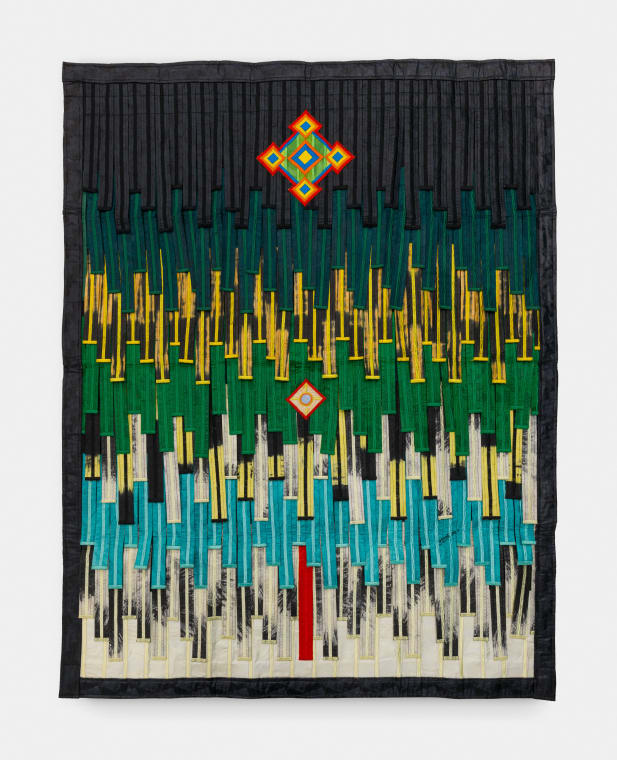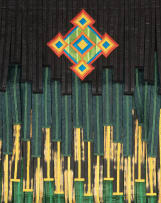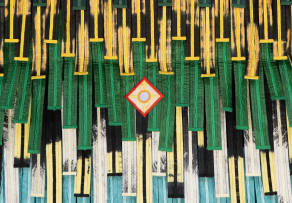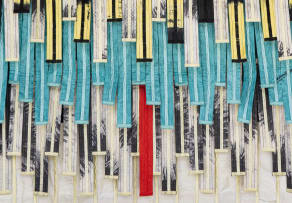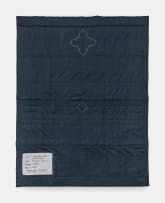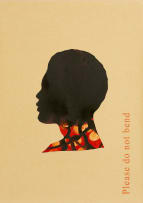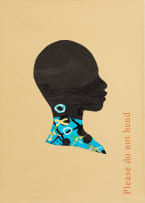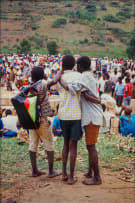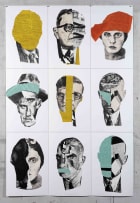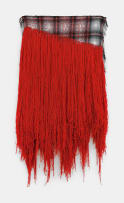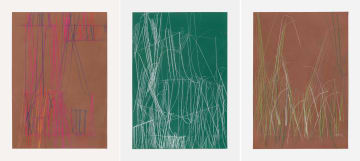Zeitz MOCAA Benefit Auction
Live Virtual Auction, 11 February 2024
Zeitz MOCAA 2024 Gala Benefit Auction
About this Item
signed and dated 2023; signed, dated, inscribed with the title and medium on a label sewn to the reverse
Notes
Kindly donated by the artist.
There is an almost infallible logic in Abdoulaye Konaté’s use and organisation of colour that has cemented him as a contemporary master, this status being celebrated in the 14th edition of the Dakar Biennale which was organized in tribute to the artist. His work was also shown in the 2017 edition of the Venice Biennale, Viva Arte Viva. He describes his process as something alchemical, an engagement with a cosmic world of aesthetic and poetic possibility. This is most evident in his iconic textile compositions in which hundreds of pieces of cotton fabric function like individual brushstrokes, each one precisely made and chosen by the artist to meet his eye’s exacting specifications. Inspired by the diverse fabrics worn in his home country of Mali, from the indigo-dyed clothing of the Tuareg in the north, to the bright whites donned by the Arab population, his pieces are an abstract study in Malian culture and can be found in the collections of institutions ranging from the Musée National du Mali in Bamako to the Metropolitan Museum of Art in New York. Differing from his more didactic, representational, and explicitly political works, Konaté’s studies in colour harmony offer the artist some tranquillity from the complications of the world, a space to think and recover. They have a similar effect on the viewer, ensconcing the eye in a delicate and dynamic symphony of hues and textures.
In 2020, Zeitz MOCAA commissioned a site-specific work by Konaté for the museum’s Atrium. Titled Idéogrammes, signes, symboles et logos (hommage à Youssouf Tata Cissé et Germaine Dieterlen), the piece scaled four storeys and wowed viewers from many angles with its bold array of strips of burgundy, coral, crimson and indigo. The work Composition verte aux losanges (Green composition with diamonds) is a quieter descendant of the monumental piece. Its colours speak to the variety of textiles and fashions in Mali as well as features of the West African country’s natural environment like the Niger river which flows through the south and the capital of Bamako. The diamond motif recalls traditional Tuareg pattern-making, implicating Konaté’s highly contemporary work within a long history of Malian textile practice.
